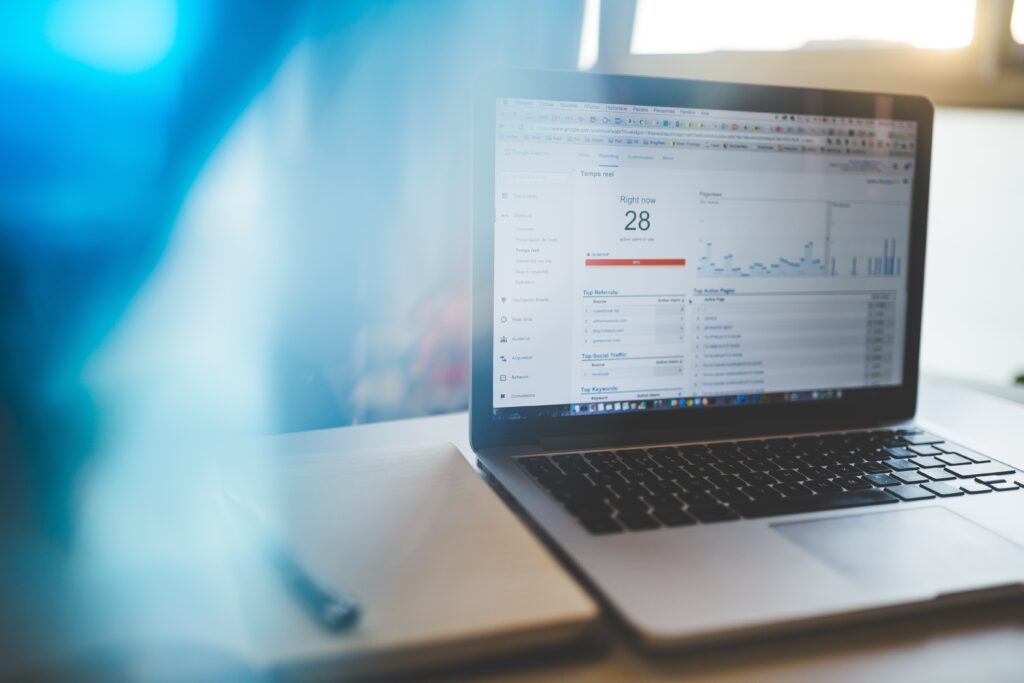
Contagem regressiva para a instalação do Google Analytics 4
Tempo estimado de leitura: 8 minutos Por Jonas MarinhoGerente de Business Intelligence & Analytics da Simplex. O recado mundial está dado. Segundo o Google, todas as propriedades padrões da sua ferramenta Universal Analytics – a versão 3 do Google Analytics usada para trazer dados sobre a navegação e as buscas feitas
